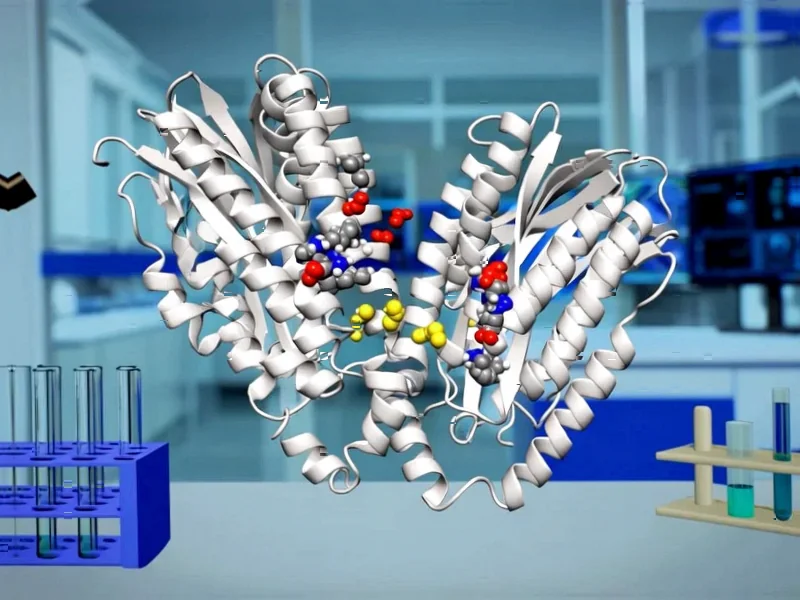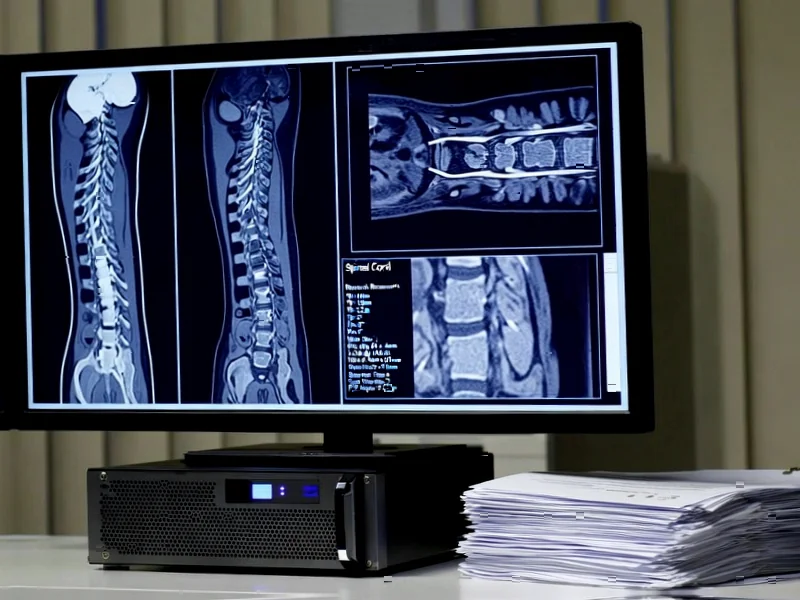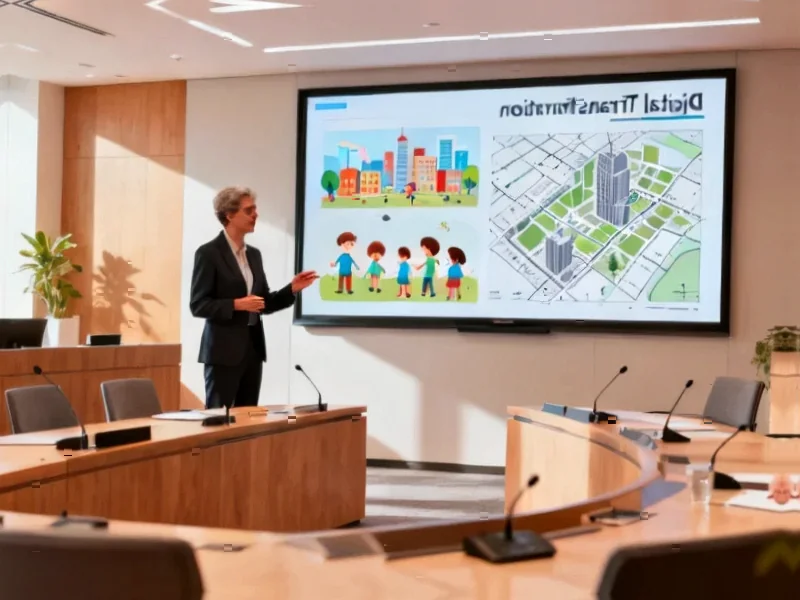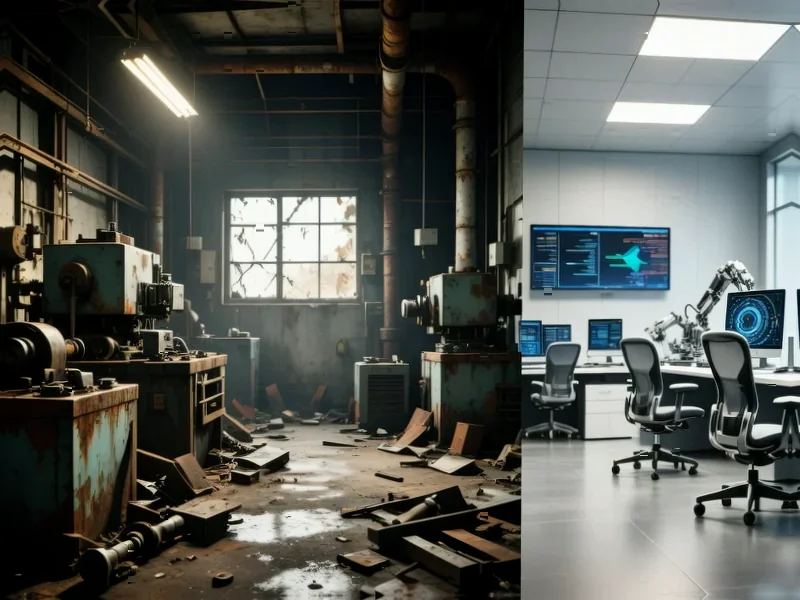According to Nature, researchers have developed a metallocene-anchored strategy that induces {001}-oriented growth of zirconium-based metal-organic framework (MOF) membranes for highly efficient helium separation. The electrochemical synthesis method under mild conditions significantly reduces reaction time compared to conventional approaches, achieving a He/CH4 selectivity of 44.8 and He permeance of 590.4 GPU – representing 2.1 and 3.8 times improvement over random Zr-MOF membranes respectively. This breakthrough in membrane orientation control opens new possibilities for industrial gas separation applications.
Table of Contents
Understanding the Science Behind Oriented MOF Growth
The fundamental innovation here lies in controlling crystal orientation at the molecular level, which has been a persistent challenge in MOF membrane development. Traditional MOF synthesis typically produces randomly oriented crystals, creating inconsistent pore pathways that limit separation efficiency. The researchers’ use of deprotonation under electric fields represents a sophisticated approach to directing crystal growth that hasn’t been widely explored in industrial membrane manufacturing. What makes this particularly clever is how they leveraged the electrochemical properties of the substrate to create controlled growth conditions that would be difficult to achieve through conventional thermal or solvothermal methods.
Critical Analysis of Practical Implementation Challenges
While the laboratory results are impressive, several significant hurdles stand between this research and commercial deployment. The use of cyclopentadienyl zirconium chloride (CpZrCl) as a metallocene anchor introduces cost and scalability concerns – zirconium compounds are expensive, and the precise 5% concentration requirement suggests narrow operating parameters for industrial processes. The membrane thickness of approximately 1μm raises durability questions for continuous industrial operation, particularly given the mechanical stresses in natural gas processing environments. Furthermore, the researchers acknowledge that increasing CpZrCl content beyond the optimal level actually decreases performance due to defect formation, indicating a delicate balance that might be challenging to maintain at scale.
The separation performance under realistic conditions deserves careful scrutiny. While the 44.8 He/CH4 selectivity is impressive for pure gases, natural gas contains numerous other components including water vapor, hydrogen sulfide, and heavier hydrocarbons that could foul the membrane or compete for adsorption sites. The researchers tested with a 0.3% helium mixture, but real-world natural gas streams can vary significantly in composition and often operate at higher pressures than the 2-40 bar range studied. Long-term stability testing under actual field conditions will be essential before this technology can be considered for commercial adoption.
Industry Impact and Market Implications
This development arrives at a critical moment for the helium industry, which has faced supply constraints and price volatility in recent years. Current helium extraction primarily relies on cryogenic distillation, an energy-intensive process that becomes economically challenging with low helium concentrations. If scalable, this membrane technology could dramatically reduce the energy footprint of helium production while making previously uneconomical natural gas fields viable helium sources. The ability to achieve high selectivity with single-pass operation could enable modular, distributed helium extraction units rather than centralized processing facilities.
The implications extend beyond helium separation to other valuable gas separation applications. The demonstrated principle of using molecular anchors to control MOF orientation could be adapted for carbon capture, hydrogen purification, or olefin/paraffin separation. The researchers’ use of density functional theory to understand and optimize the growth mechanism represents a template for rational design of next-generation separation materials. This approach of combining computational modeling with experimental validation could accelerate materials development across multiple separation domains.
Technical and Commercial Outlook
The path to commercialization will require addressing several technical challenges beyond the laboratory demonstration. Scaling from the small substrates used in research to industrial-scale membrane modules represents a significant engineering challenge, particularly maintaining the precise orientation control across larger areas. The electrochemical synthesis method, while faster than conventional approaches, still requires 90 minutes for optimal performance – production-scale implementation would need to demonstrate comparable performance with faster throughput or continuous processing.
The characterization techniques used, including extended X-ray absorption fine structure analysis, provide excellent scientific validation but aren’t practical for quality control in manufacturing. Developing simpler, faster quality assurance methods that can verify membrane orientation and performance will be essential for cost-effective production. The pore size control at the ångström scale is impressive, but maintaining this precision across large membrane areas with minimal defects remains a manufacturing challenge that the field has struggled with for decades.
Realistically, we’re looking at a 5-7 year timeline before this technology could see pilot-scale demonstration in relevant industrial environments. The most promising near-term applications might be in high-value specialty gas separation rather than bulk natural gas processing, where the cost premium for advanced materials can be more easily justified. However, if the scalability and durability challenges can be overcome, this orientation control strategy represents a fundamental advance that could reshape membrane-based separation technology across multiple industries.



